There is no doubt that Amazon is the number one eCommerce platform in the world. With over 200 million active users, it is a powerful platform for businesses to sell their products. However, with so many businesses competing for attention, it can be not easy to get your new products noticed. That is where Amazon PPC (pay-per-click) advertising comes in. Amazon PPC is a powerful tool that can help you get your new products to the top of search results and drive sales.
In this blog post, we will discuss an Amazon product launch strategy for new products and how you would start PPC for your newly launched products.
Product Research and Competitors Selection
The preliminary stage is evaluating the product, the target market and the competitors. It is crucial to do product research and authenticate before launching one.
Product research involves analyzing fundamental aspects of potential products, including market demand, delivery, profitability, suppliers, and target audience. Regardless of your selling method, whether it’s private label, dropshipping , or retail arbitrage, product research helps determine the likelihood of a product’s success.
Keywords
A well-crafted product listing is the bedrock of a successful Amazon product launch strategy. The most effective Amazon product pages feature concise titles that seamlessly integrate key search terms, strategically arranged bullet points, and informative descriptions that also embed pertinent search phrases. Embedding search terms into your product listings is paramount for enhancing search rankings and ensuring that Amazon’s algorithm correctly indexes your products. The following keywords chart is for “Plastic Measuring Cups’ products. 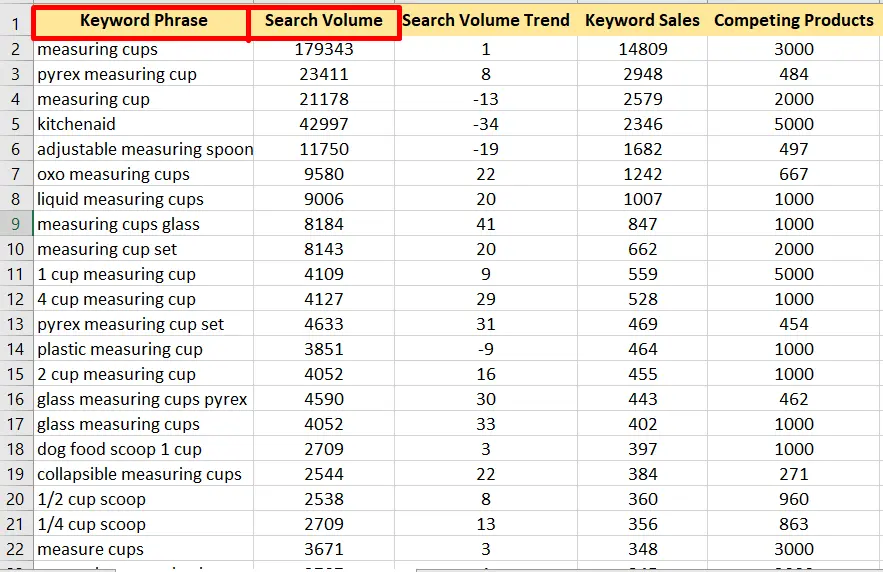
Honeymoon Period
Honeymoon period is a short time period where Amazon boosts newly launched products visibility. Amazon algorithm gives an opportunity every new seller, after launching a new product on an online marketplace. This time period lasts around 15 to 90 days and during this period the product experiences a temporary boost in visibility, rankings, and sales.
This opportunity is present at the specific search term level, so as a seller you have to ensure that your products relevant keywords are available in the listing. This period occurs because the marketplace algorithm is still learning about the new product and is actively promoting it to gather data and user feedback. As a result, new products tend to receive more impressions, clicks, and conversions during this honeymoon phase
Listing Optimization
Listing optimization is the process of making your product listings on Amazon more appealing and visible to potential customers. This is another crucial aspect for Amazon Product Launch Strategy. This can be done by improving the title, description, bullet point, images, and videos of your listings. By optimizing your listings, you can increase the chances that your products will be seen and purchased by shoppers.
Title: When users search for products on Amazon, the first thing they see is a heading that appears at the top of each product. It gives a description of the product to help searchers figure out if that product is right for them. Amazon allows up to 200 characters for titles. Brand name, color, variant, sizes and keywords are required for title.
Bullet Points: Bullet points play a crucial role in product visibility and sales success. These concise statements serve as a powerful tool to capture attention, highlight key features, and drive conversions. Bullet point section should have a clear answer to ‘Why should I buy your product?’
A+ Content: Amazon A+ Content, formerly known as Enhanced Brand Content (EBC), is a premium feature that allows Amazon sellers or vendors to create visually engaging product listings. Creating A+ content is important not only to products but your brand overall.
Optimize Keywords Ranking Through Amazon PPC
Optimizing keyword ranking through Amazon PPC involves a strategic approach to utilizing relevant keywords in your PPC campaigns to improve your product’s visibility and search rankings on Amazon. By effectively targeting and incorporating keywords, you can drive more relevant traffic to your product listings, enhance conversion rates, and ultimately boost your sales.
To make your product appear higher in Amazon’s search results for certain keywords, bid on those keywords even if they are expensive. Experiment with various PPC strategies to determine the most effective approach for your product. As PPC advertisements appear above organic results, this tactic can significantly enhance your product’s visibility and drive more traffic
Importance of Keyword Tracking
During an Amazon product launch strategy, closely monitor both sponsored and organic rankings as key performance indicators. If your product isn’t appearing on the first page for either sponsored or organic results, consider increasing PPC efforts, enhancing visual appeal, or boosting customer reviews.
Numerous tools available in the market offer keyword tracking, search volume, and sales analytics to aid in your selection process. While Amazon PPC serves as a direct path to product page one ranking, its costliness necessitates establishing a budget cap during the launch phase.
Bids Adjustment Through Ad Placement
Bid adjustment is an important factor in Amazon’s product launch strategy. Adjusting bids through ad placement in Amazon PPC allows you to refine your bidding strategy and optimize your ad spend by considering the specific placement of your ads. This strategy involves setting different bid multipliers for various ad placements, such as product listings, search results pages, and off-Amazon sites.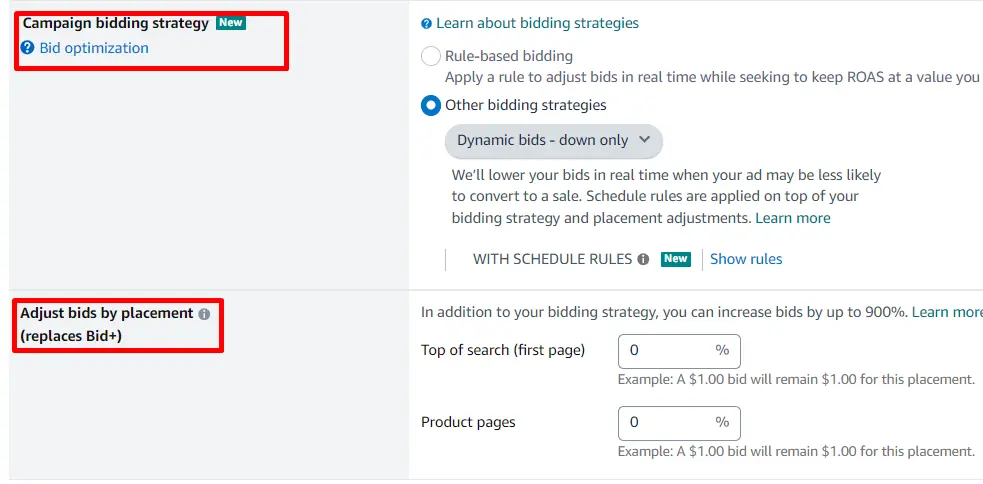
For example, If you are selling sports-related products, consider tailoring your bids to ensure your ads appear prominently on the first pages where potential customers are actively searching for sports items. This strategic approach can significantly increase your product’s visibility and drive more relevant traffic to your listings.
Budgets for Product Launch
The appropriate budget for your Amazon PPC campaign hinges on two factors: the PPC cost for the specific product category and the overall market competitiveness. Assuming the average cost per click (CPC) for a product and search term on the first page is $1, and you aim for at least 5 clicks per day for that term, the estimated monthly budget for that single search term would be around $150.
The key objective is to generate sufficient clicks to assess whether your product is generating conversions. Therefore, the budget will largely depend on the average CPC for the targeted keywords. So, we have to properly plan the Amazon product launch strategy.
Group Variations Together in Campaign
Combining product variations into a single campaign enhances your product’s visibility and streamlines your brand awareness initiatives. By grouping individual variations into a comprehensive package, you optimize PPC campaigns and achieve greater efficiency.
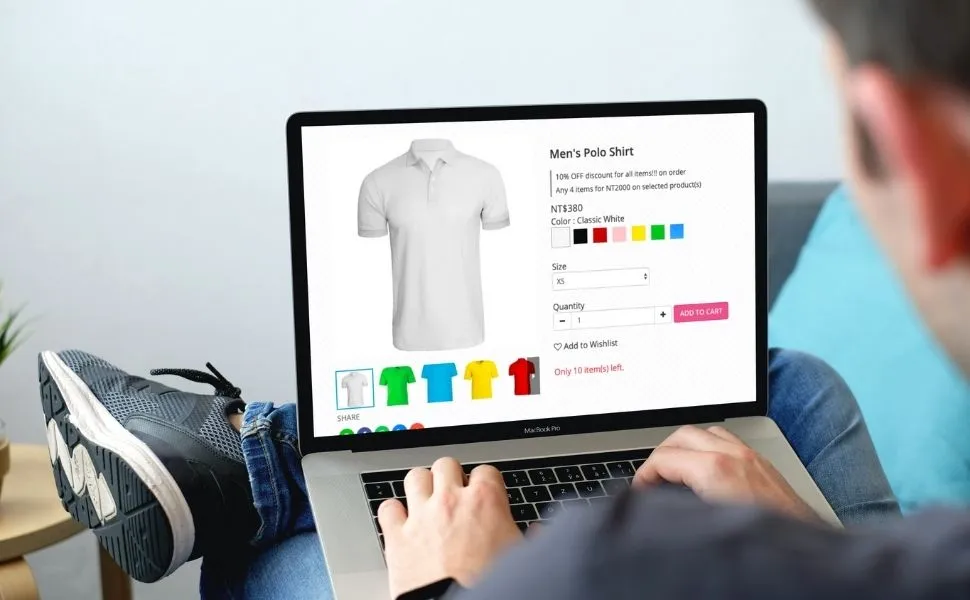
Instead of managing separate campaigns for each color variation, consolidate all three colors into a single campaign. This approach reduces the number of PPC ads displayed on Amazon listings while simultaneously boosting brand awareness.
Place Similarly-Priced Products Together
Placing similarly-priced products in the same campaigns is a crucial strategy for optimizing your Amazon PPC campaigns and enhancing their effectiveness. This approach offers several key benefits:
- Enhanced control over bidding
- Improved campaign performance
- Greater relevance and click-through rates
- Enhanced efficiency and scalability

Grouping products with the same ad into a single campaign increases the likelihood of achieving PPC campaign success. This approach aligns products with similar attributes, enhancing ad relevance and optimizing campaign performance.
Structure Campaigns Based on Product Performance
While Amazon sellers typically structure ad campaigns based on keyword performance, incorporating product performance into campaign structure is an equally effective approach. This strategy involves identifying high-performing products and creating ad groups specifically tailored to those products. By focusing on products that have demonstrated conversion potential, you can maximize the effectiveness of your PPC campaigns.
In the dynamic world of PPC, success lies in continuous experimentation and refinement of strategies. Embrace the iterative process of testing various approaches, analyzing results, and making adjustments to identify the most effective strategies for your business. Don’t hesitate to venture outside your comfort zone and explore new possibilities.
Target Self Products Through Product Targeting
Product targeting is a manual targeting option that enables you to direct your PPC ads toward specific products, categories, brands, or other product attributes relevant to your advertised item. This feature effectively ensures that your PPC ads reach individuals who are genuinely interested in purchasing your products.
Benefits of Targeting Self-Products
Targeting self-products in Amazon advertising offers several compelling benefits that can enhance your marketing strategies and drive business growth.
- Increased brand awareness
- Cross-Selling and Upselling Opportunities
- Protecting Market Share
- Enhanced Audience Relevance
- Gaining Competitive Insights
Experiment with Different Match Types and Bid Amounts
Experimenting with different match types and bid amounts is crucial for optimizing your Amazon PPC campaigns and achieving your desired marketing goals. Each match type and bid amount combination has its own strengths and weaknesses, and the most effective approach will vary depending on your specific product, target audience, and campaign objectives.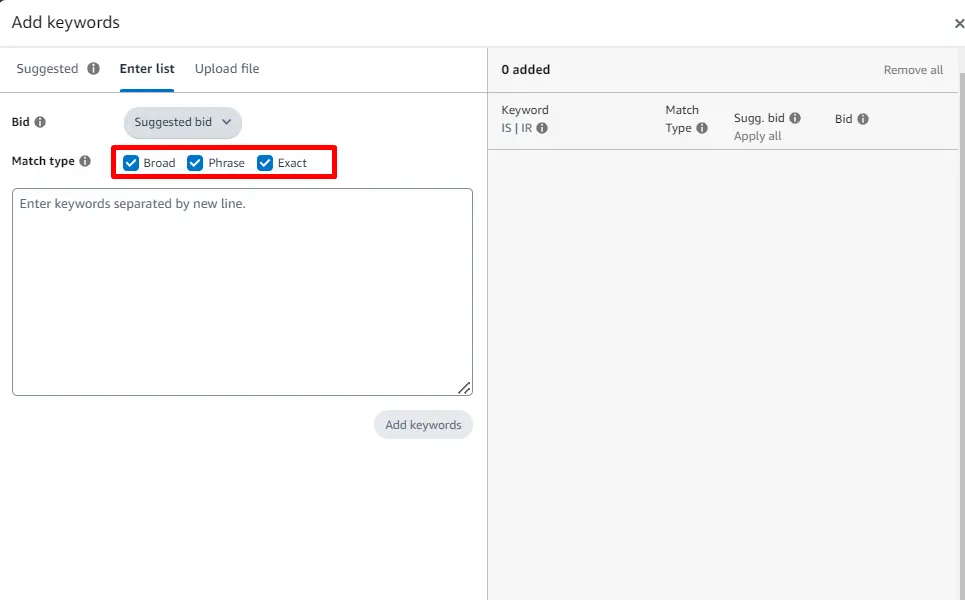
This will allow PPC marketers to bid more or less depending on how competitive a specific keyword is.
Drive Sales Through New-to-Brand Metrics
New-to-brand metrics are a valuable tool for Amazon sellers who want to measure the effectiveness of their advertising campaigns in acquiring new customers. These metrics can help you to understand how many new customers you are reaching, how much they are spending, and how profitable they are. By using new-to-brand metrics, you can make informed decisions about your advertising campaigns and improve your results.
Insights
Throughout this blog post, we have discussed how to build a successful PPC product launch strategy. Indeed, there are many intricate processes. However, crafting a successful PPC product launch strategy that delivers the desired results is no easy feat. If any questions or uncertainties arise, don’t hesitate to seek guidance from the ecomclips team. We are committed to collaborating with you to develop the most effective product launch strategy tailored to your specific needs. Please do not forget to mail us at our email address info@ecomclips.com Happy Amazon advertising!

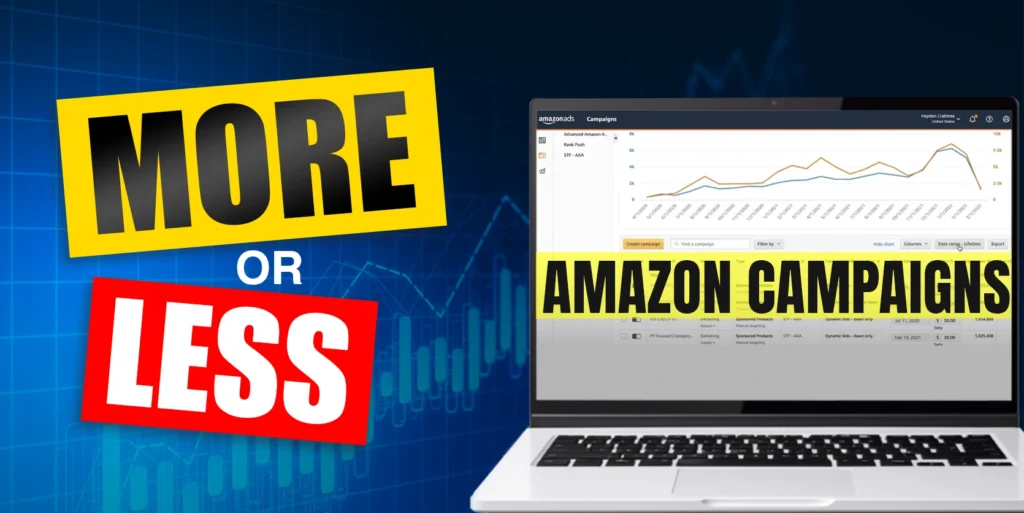

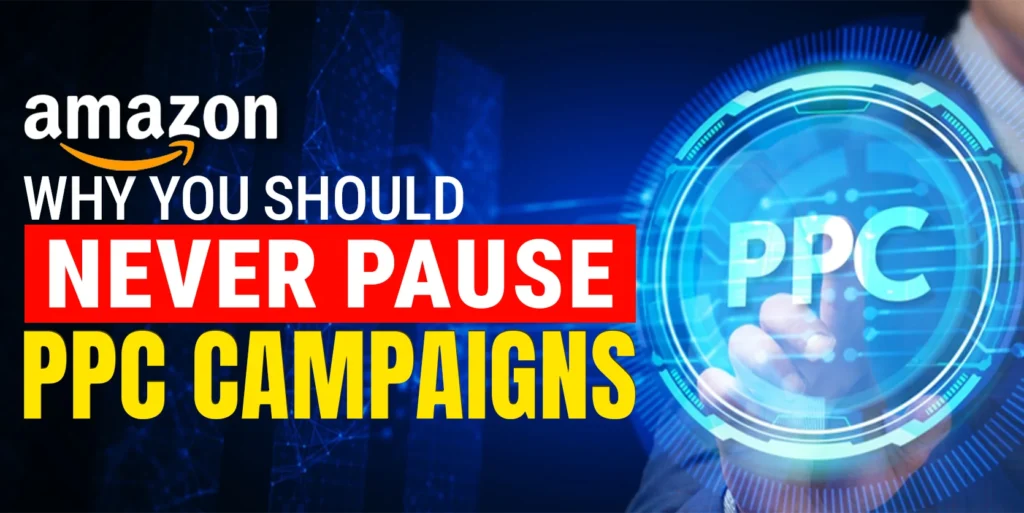
Dear Ecomclips Team,
I hope this message finds you well. As an Amazon PPC service provider, If I am strategizing my first PPC campaign and am keen to leverage your expertise in selecting the optimal keywords for Sponsored Product, Sponsored Brand, and Sponsored Display campaigns. Could you please provide guidance on the best practices for keyword selection and best ppc campaign launch strategy that which one Kw to use in a campaign and which one campaign type to use?
Your insights will be invaluable in helping us maximize our campaign’s effectiveness and achieve our client’s marketing objectives.
Dear Muhib Ullah,
Thank you for reaching out to Ecomclips. We appreciate your interest in our expertise regarding Amazon PPC campaigns.
When strategizing your first PPC campaign, selecting the right keywords is crucial for maximizing effectiveness. Here are some best practices for keyword selection and campaign launch strategies for Sponsored Products, Sponsored Brands, and Sponsored Display campaigns:
Keyword Selection
Conduct Thorough Research:
Utilize tools like Amazon’s Keyword Planner, Helium 10, or Jungle Scout to identify relevant keywords.
Analyze competitors’ listings to uncover high-performing keywords in your niche.
Focus on Long-Tail Keywords:
Prioritize long-tail keywords, as they typically have lower competition and higher conversion rates.
Consider phrases that closely match what your target customers are searching for.
Categorize Keywords:
Exact Match: Use for highly relevant keywords where you want precise targeting.
Phrase Match: Good for broader targeting while still maintaining relevance.
Broad Match: Useful for discovering new keywords but may result in less targeted traffic.
Monitor and Optimize:
Regularly review your campaign performance to identify which keywords are driving sales and which are underperforming.
Adjust bids and strategies based on real-time data.
Campaign Launch Strategy
Choose the Right Campaign Type:
Sponsored Products: Ideal for driving sales on specific ASINs. Use this for your main products.
Sponsored Brands: Great for brand awareness. Use it to showcase a range of products or your brand logo.
Sponsored Display: Effective for retargeting customers who have shown interest in your products.
Set Clear Objectives:
Define what success looks like (e.g., sales volume, ACOS target) and align your keyword strategy accordingly.
Budget Wisely:
Allocate a reasonable budget to each campaign type, allowing for flexibility to optimize based on performance.
Use Negative Keywords:
Implement negative keywords to prevent your ads from showing up for irrelevant searches, enhancing efficiency and reducing wasted spend.
A/B Testing:
Test different ad creatives and keyword strategies to identify the most effective combinations.
By following these practices, you can significantly enhance the effectiveness of your campaigns and align with your client’s marketing objectives.
Should you have further questions or need additional insights, please don’t hesitate to reach out.